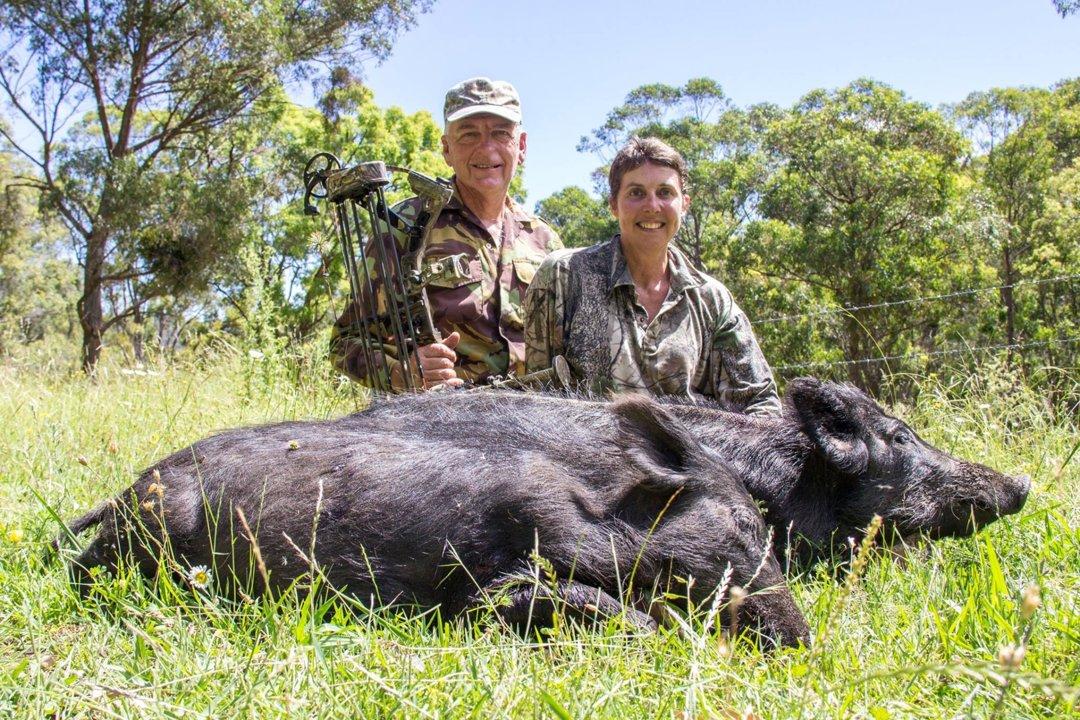
Wildlife Pursuits in MANOUBA: Laws and Legislation, Hunting Seasons and Demographics Landscape Attributes and Natural Layout in Manouba Manouba, positioned just west of Tunis, is a region marked by its semi-urban sprawl interwoven with agricultural fields, rolling hills, and small woodland pockets. While it is one of Tunisia’s more developed governorates, its rural zones—particularly around Tebourba, El Battan, and Djedeida—offer suitable environments for controlled hunting. Olive plantations, wheat fields, and river valleys shape the region’s ecological diversity, attracting certain species of game, especially in the cooler months. Though not known for dense forests or wild expanses, Manouba’s fragmented rural zones create a patchwork of viable habitats that support small and medium game species in sustainable numbers. Hunter Distribution and Local Involvement in Manouba Region The hunting community in Manouba is smaller than in Tunisia’s northern or interior regions, due in part
Post: 1 August 07:47
















































